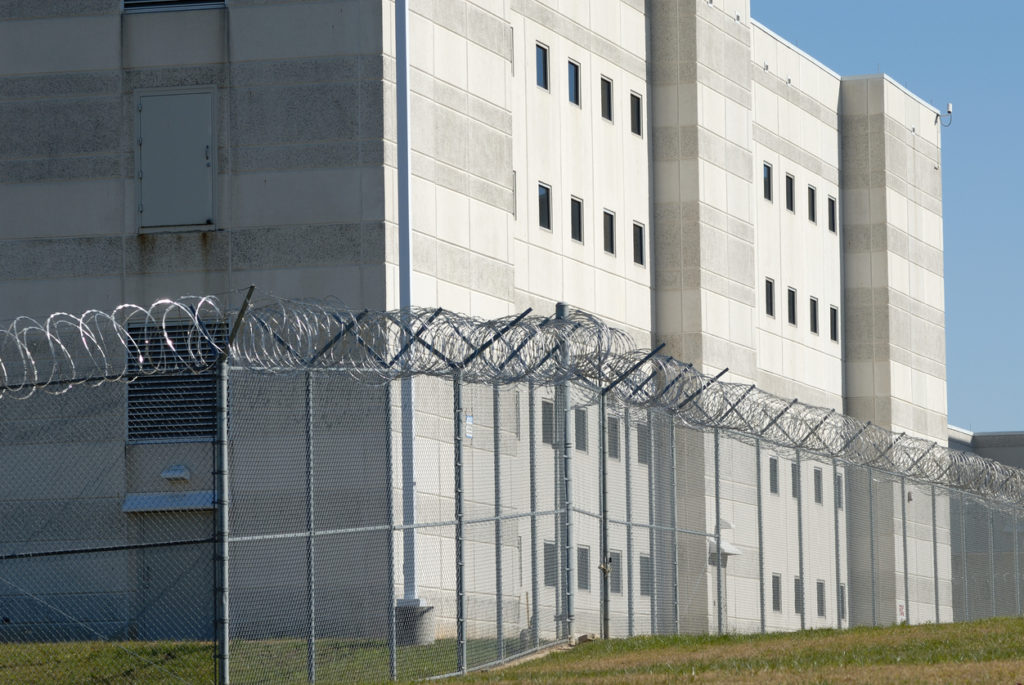Jail Neglect Attorney – A Texas County Jail Violates Restraint Chair Standards -Pt. 5

This type of story demonstrates the potential dangers associated with restraint chairs. The following are appropriate safeguards that should be utilized in conjunction with placing an inmate in a restraint chair, the most restrictive type of restraint device.
Safeguards Recommended with Using a Restraint Chair
The following are conclusions and recommendations made by the state outside of Texas in which the report on restraint chair hazards was published:
- Put essential accountability measures in place , which should include videotaping, documentation, and reporting information about the use of the restraints.
- Clear limits must be placed on using a restraint chair. Such limitations should include requiring a medical assessment of an inmate before placing him or her in the restraint device. Make frequent direct observations during restraint, and place appropriate time limits on the duration of restraint.
- All other types of restraint devices must have already failed to prevent the inmate from causing self-harm or injury to others.
Although the Texas Commission on Jail Standards (TCJS) has accountability measures in place in association with restraint chairs, the following is a commonsense method that doesn’t seem to be required or recommended at this time:
- All events associated with using restraints must be video-recorded.
See Part 1, Part 2, Part 3, and Part 4 of this five-part series to learn more about a Texas jail’s non-compliance in association with the restrictive devices.
This website provides posts to assist Texas inmates in county jails and their families. At no time is there an intention to imply that any person or entity has engaged in misdeeds.
–Guest Contributor
